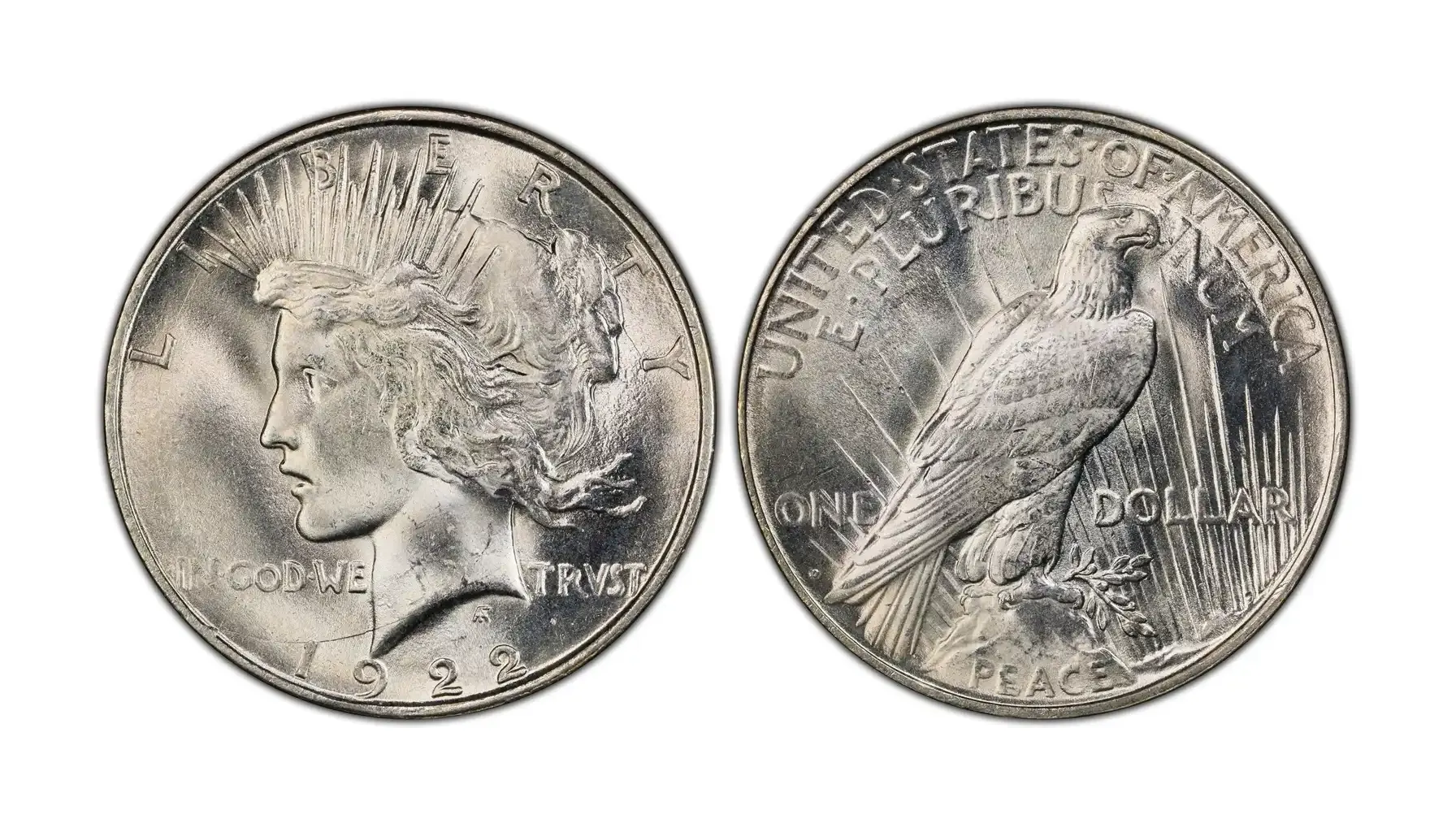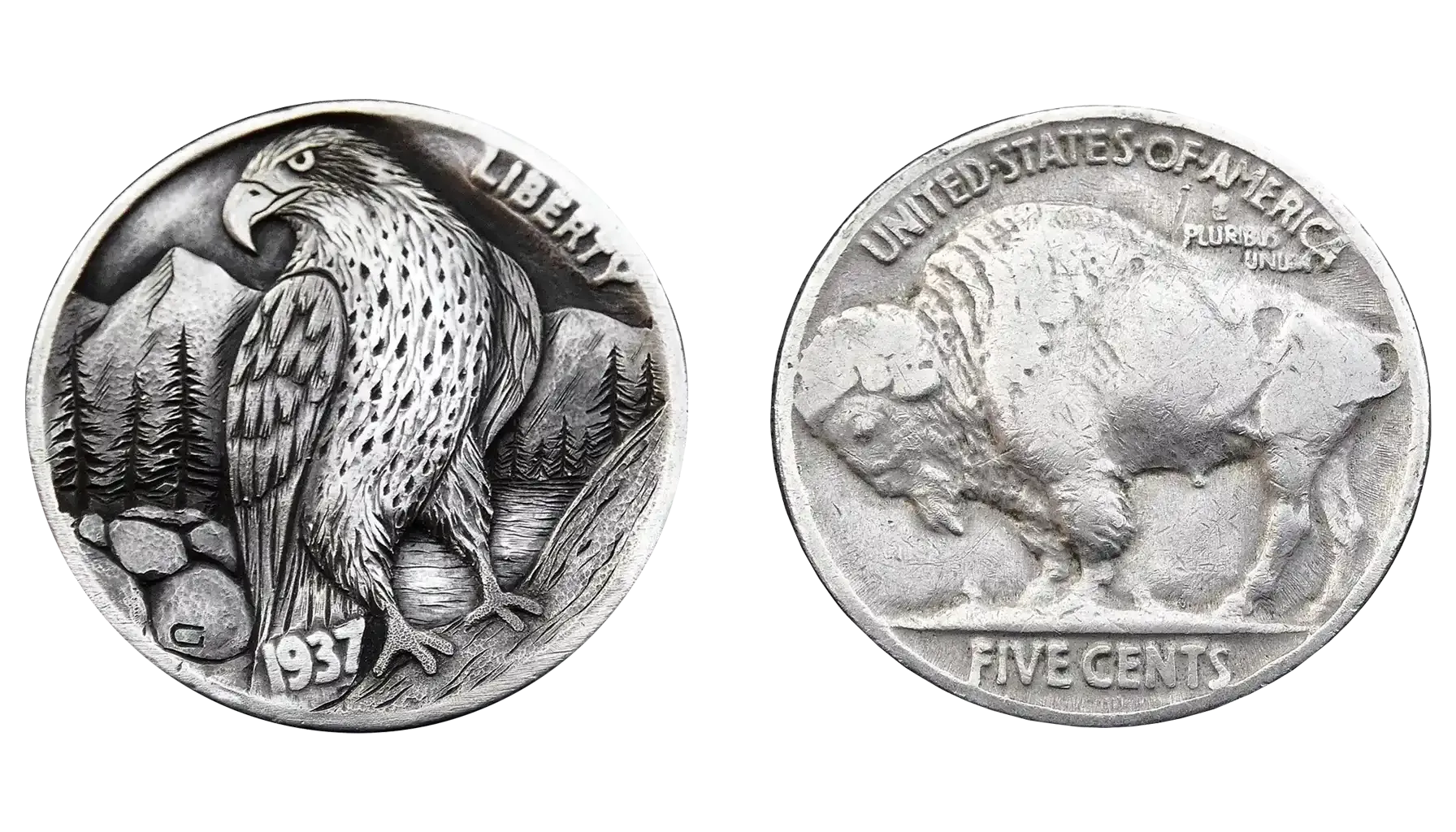Contents:
- Kennedy Half Dollar 1966: A Turning Point in American Coinage
- Where Is the Mint Mark on a 1966 Half Dollar: The Myth of the 1966 “D” and “S”
- Current Prices: What Is a 1966 Kennedy Half Dollar Worth Today?
- Grading: How Much Is a 1966 Silver Half Dollar Worth?
- What Is the Value of a 1966 Kennedy Half Dollar in Exceptional Cases?
The 1966 Kennedy Half Dollar is more than just a piece of currency—it’s a tangible link to a pivotal era in American history. Struck during the mid-1960s, when silver coins were being rapidly withdrawn from circulation due to rising silver prices, this one is a product of significant economic and political shifts. Whether you’re a dedicated collector or someone who stumbled upon this coin in a family heirloom or change jar, it’s worth learning what makes the 1966 half dollar both historically and financially significant.
The 1966 issue sits in the middle of the silver-clad years (1965–1970), a transitional period where the U.S. Mint was adjusting the 1966 half dollar silver content policy and coin production methods. This article will unpack everything you need to check coin value reliably—from debunking myths about mint marks to showcasing current market 1966 Kennedy half dollar value—so you can accurately assess the worth of your coin.
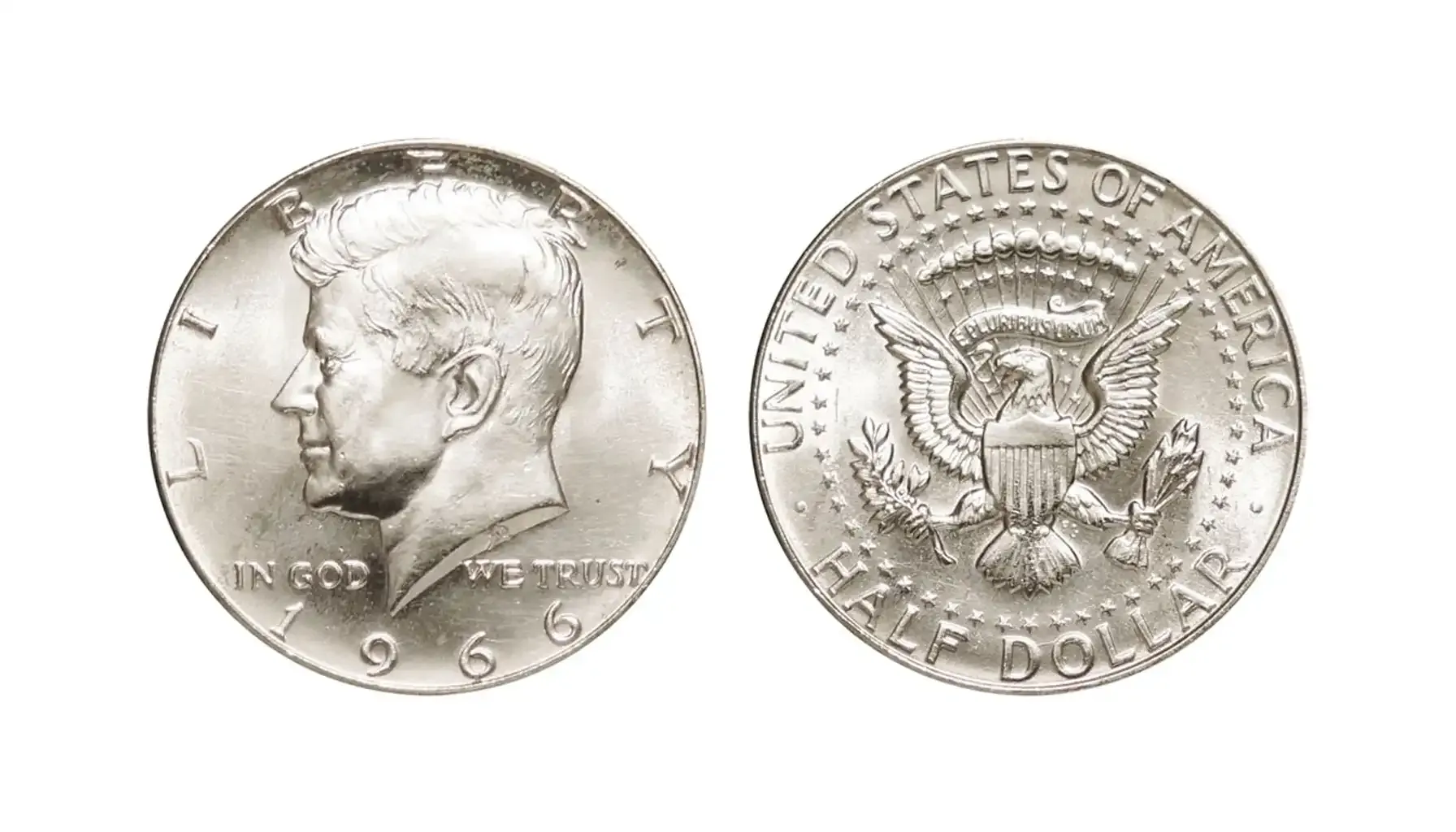
Kennedy Half Dollar 1966: A Turning Point in American Coinage
After the assassination of President John F. Kennedy in 1963, the U.S. government quickly authorized the creation of a commemorative coin in his honor. The first Kennedy halves were issued in 1964, made of 90% silver. However, due to massive public hoarding and a rising silver market, the U.S. Mint was forced to reduce silver content starting in 1965. The 1966 Kennedy half dollar no mint mark contains 40% silver and no mint mark—a key distinction that sets it apart from other years.
This is part of the "silver-clad" era, marking the shift away from traditional 90% silver coinage. It’s a hybrid: not fully silver, but not fully base-metal either. That unique composition makes the 1966 half dollar particularly attractive to both silver stackers and numismatists.
Related article: Masters of the Mint: Famous US Coin Designers & Their Works
Where Is the Mint Mark on a 1966 Half Dollar: The Myth of the 1966 “D” and “S”
‘Where is the mint mark on a 1966 Kennedy half dollar?’, you may ask. A frequent point of confusion among new collectors is the presence—or rather, the absence—of mint marks on 1966 Kennedy Half Dollars. Let’s clear that up with precision.
No “D” Mint Mark (Denver)
Although the Denver Mint was operational in 1966, no Kennedy half dollars from that year bear a “D” mint mark. All circulation samples were struck at the Philadelphia Mint, which at the time did not place mint marks on coins. If you come across a 1966 half dollar with a “D,” it is either altered or counterfeit.
No “S” Mint Mark (San Francisco)
San Francisco did produce half dollars in 1966, but only as part of Special Mint Sets (SMS) intended for collectors. These coins were not struck for circulation and do not feature an “S” mint mark either. Instead, their premium finish and packaging are the identifiers.
Quick Tip for Collectors: If your 1966 half dollar has any mint mark, it’s a red flag. Authentic dollars from this year—whether regular strikes or SMS—have no mint mark whatsoever. With any letters, you might be holding US 1966 liberty 1/2 Kennedy half dollar copy coin but not a true one.

Mintage Numbers: Just How Rare Are They?
To determine scarcity and 1966 silver half dollar value, understanding mintage numbers is crucial. Here's a breakdown of how many 1966 half dollars were minted, and in what form:
Mint Location | Type | Mintage |
Philadelphia | Regular Strike | 108,984,932 |
San Francisco | Special Mint Set | 2,261,583 |
Philadelphia (No Mint Mark): With nearly 109 million coins produced, this is not a rare coin in circulation. However, higher grades (MS66 and above) are significantly scarcer.
San Francisco SMS (No Mint Mark): These were sold in collector sets, not released into general circulation, making them more likely to be found in preserved condition.
Key Insight:
While neither version is "rare" in quantity, value of 1966 half dollar hinges heavily on condition, grade, and special attributes such as cameo contrast in SMS mintage.
Related article: What Does Mintage Mean? A Quick Look into Coin Production
Current Prices: What Is a 1966 Kennedy Half Dollar Worth Today?
Even though the 1966 50 cent coin isn’t especially rare in lower grades, it carries 1966 liberty half dollar value far beyond its 50¢ face. Mainly, it is thanks to 1966 Kennedy half dollar silver content and collectible appeal. Whether you have a circulated one, a mint-state gem, or a Special Mint Set (SMS) piece, its condition plays a pivotal role in determining how much is a 1966 half dollar worth.
Regular Strike (Philadelphia, No Mint Mark)
These ones were minted for circulation and are the most commonly found. Despite high mintage, collectors still pursue high-grade examples.
Grade | Typical Value (USD) |
Good–About Uncirculated (AU) | $4.15 – $8.69 |
MS60 | $9 – $9.70 |
MS65 | $28 – $92 |
MS66 | $120 – $150 |
MS67 | Up to $2,750 |
Auction Highlight: The record auction price for a regular 1966 Kennedy half dollar is $7,000, achieved by an MS67+ specimen certified by PCGS. Only a handful of examples reach this level, making such coins exceptionally desirable.
SMS Coins: Special Mint Set (San Francisco, No Mint Mark)
Unlike proof coins or business strikes, SMS coins fall somewhere in between—they’re struck with greater care than regular coins, but not to the same exacting standards as proofs. Their cleaner surfaces and slightly mirrored fields give them a distinctive appearance. How much is a 1966 Kennedy half dollar worth in this condition? The prices are below.
Grade | Typical Value (USD) |
MS60–MS62 | $5 – $7 |
MS63–MS67 | $10 – $50 |
MS68 | $250 |
MS69 | $900 |
SMS Cameo (CAM) and Deep Cameo (DCAM): What Is a 1966 Half Dollar Worth
These coins exhibit strong contrast between frosted devices and mirrored fields. They are much scarcer than standard SMS coins and demand premium prices:
SMS CAM in MS68: Typically $300–$500
SMS DCAM in MS68: Up to $7,000
Highest Auction Record (SMS DCAM MS68): $10,575
These deep cameo coins are extremely rare and are among the most visually striking Kennedy halves ever struck. They usually come from sets that were preserved in pristine condition.
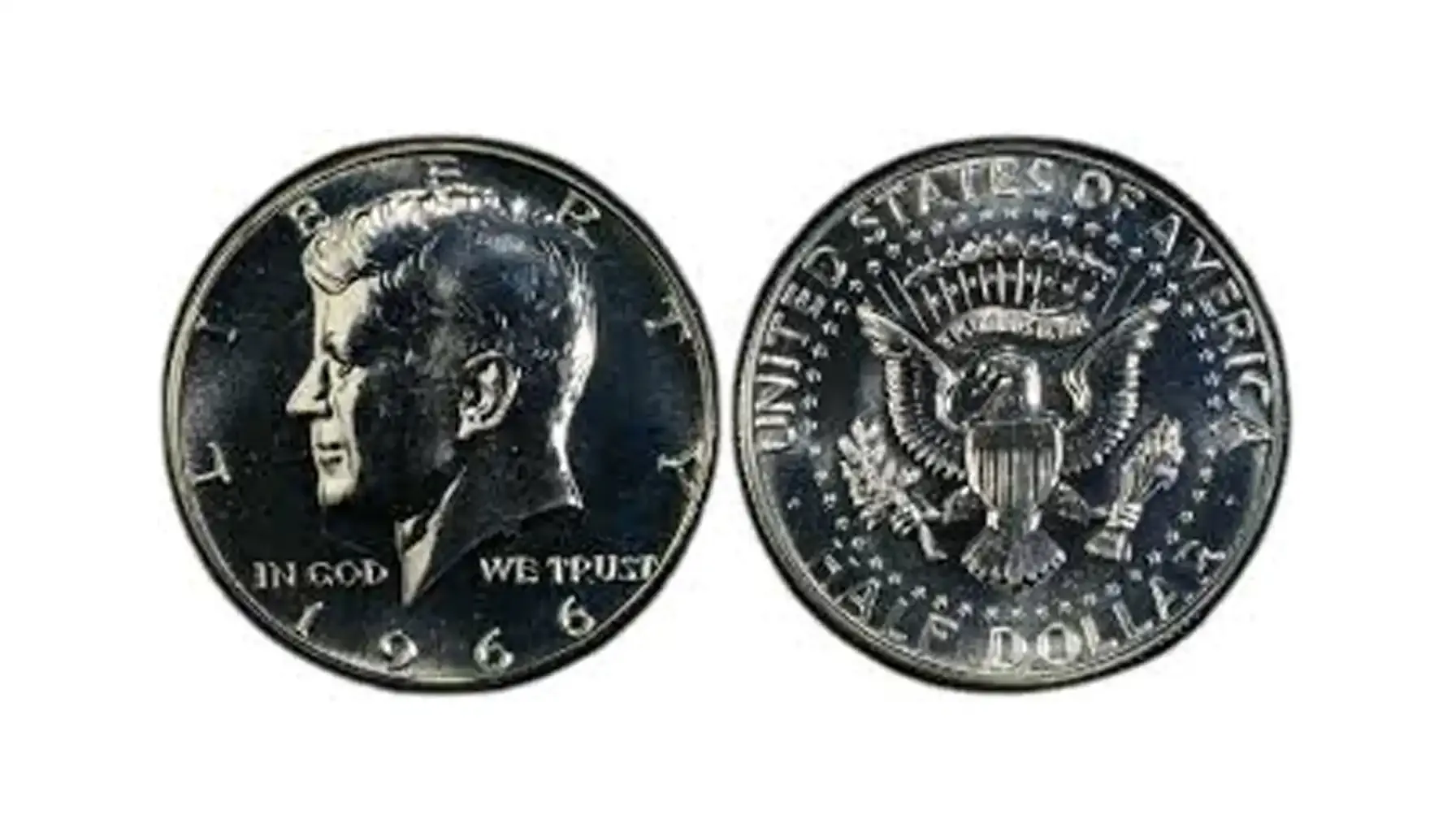
Silver Melt Value: The Built-In Floor
How much silver is in a 1966 Kennedy half dollar? All of them contain 40% silver, translating to an average melt half dollar 1966 value of $4.93 to $5.02 based on silver spot prices in late May 2025. This creates a minimum baseline for value of 1966 Kennedy half dollar, even in circulated condition.
If you're holding a worn 1966 half dollar, it's still worth significantly more than face 1966 half dollar coin value purely because of its metal content. In uncertain economic times, this melt 1966 Kennedy half dollar silver value adds an appealing intrinsic safety net for investors and stackers alike.
Grading: How Much Is a 1966 Silver Half Dollar Worth?
Grading is not just about cleanliness—it’s about sharpness of detail, absence of marks, luster, and overall eye appeal. Here’s what elevates a 1966 silver Kennedy half dollar into the upper echelons of half dollar coin 1966 value:
MS66 and Above (Regular Strikes)
Clean surfaces, no major bag marks
Full strike with detailed hairlines and eagle feathers
Often graded by PCGS or NGC for certification
MS68–MS69 (SMS Strikes)
Flawless surfaces with only microscopic imperfections
Deep mirror-like finish (especially in DCAM variants)
Usually found in unopened or well-preserved SMS packaging
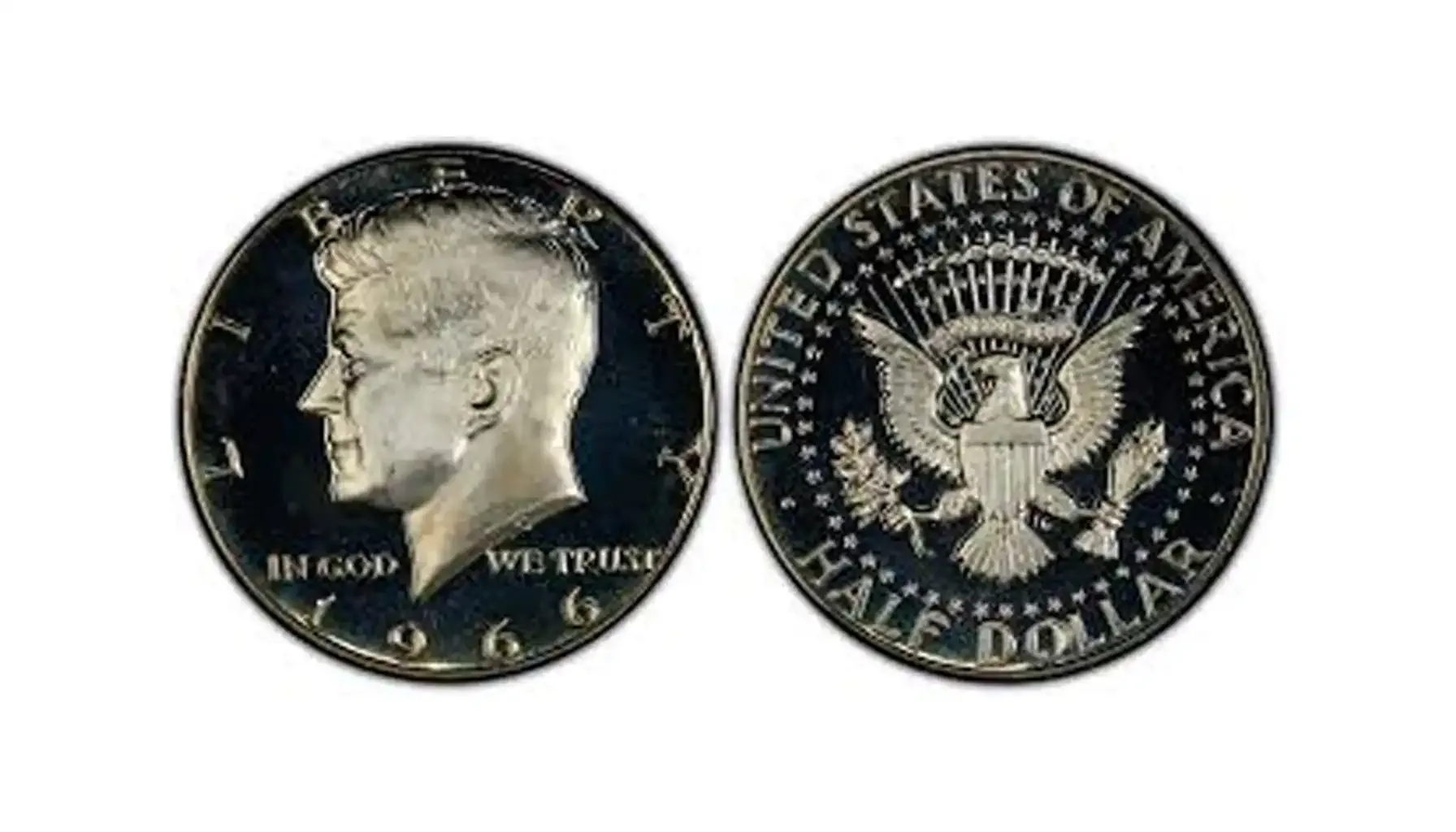
Tip: If your coin appears flawless and came from a Special Mint Set, it’s worth having it professionally graded. Coins graded by reputable services such as PCGS or NGC typically sell for higher premiums, especially in the collector and auction markets.
What Is the Value of a 1966 Kennedy Half Dollar in Exceptional Cases?
While most 1966 Kennedy halves are relatively affordable, a select few can sell for hundreds or even thousands. The biggest 1966 half dollar silver value boosters include:
High Grades (MS66–MS69)
In regular strikes, coins graded MS66 or higher are quite rare due to the sheer volume of coins that circulated.
For SMS coins, MS68 and above are highly sought-after because of their near-perfect preservation.
Pro Tip: Even a small bump from MS65 to MS66 can double or triple your 1966 half dollar value today.
Cameo and Deep Cameo (SMS Only)
SMS coins with Cameo (CAM) or Deep Cameo (DCAM) contrast are significantly more valuable.
These coins show frosted design elements against a mirror-like field, achieved through well-polished dies.
DCAM examples are very rare and command top-tier prices.
Mint Errors
Although 1966 was a tightly controlled minting year due to the silver transition, a few 1966 half dollar error types do exist:
Off-Center Strikes: May range from minor misalignments to dramatic shifts (worth $50–$300+ depending on severity).
Clipped Planchets: Crescent-shaped missing metal from the coin’s edge; can fetch $40–$150.
Die Cracks and Cuds: Collectors often pay premiums for unusual die breakage patterns ($25–$100+).
Double Strikes or Rotated Dies: Rare and eye-catching, with 1966 JFK half dollar value exceeding $500 when well-defined.
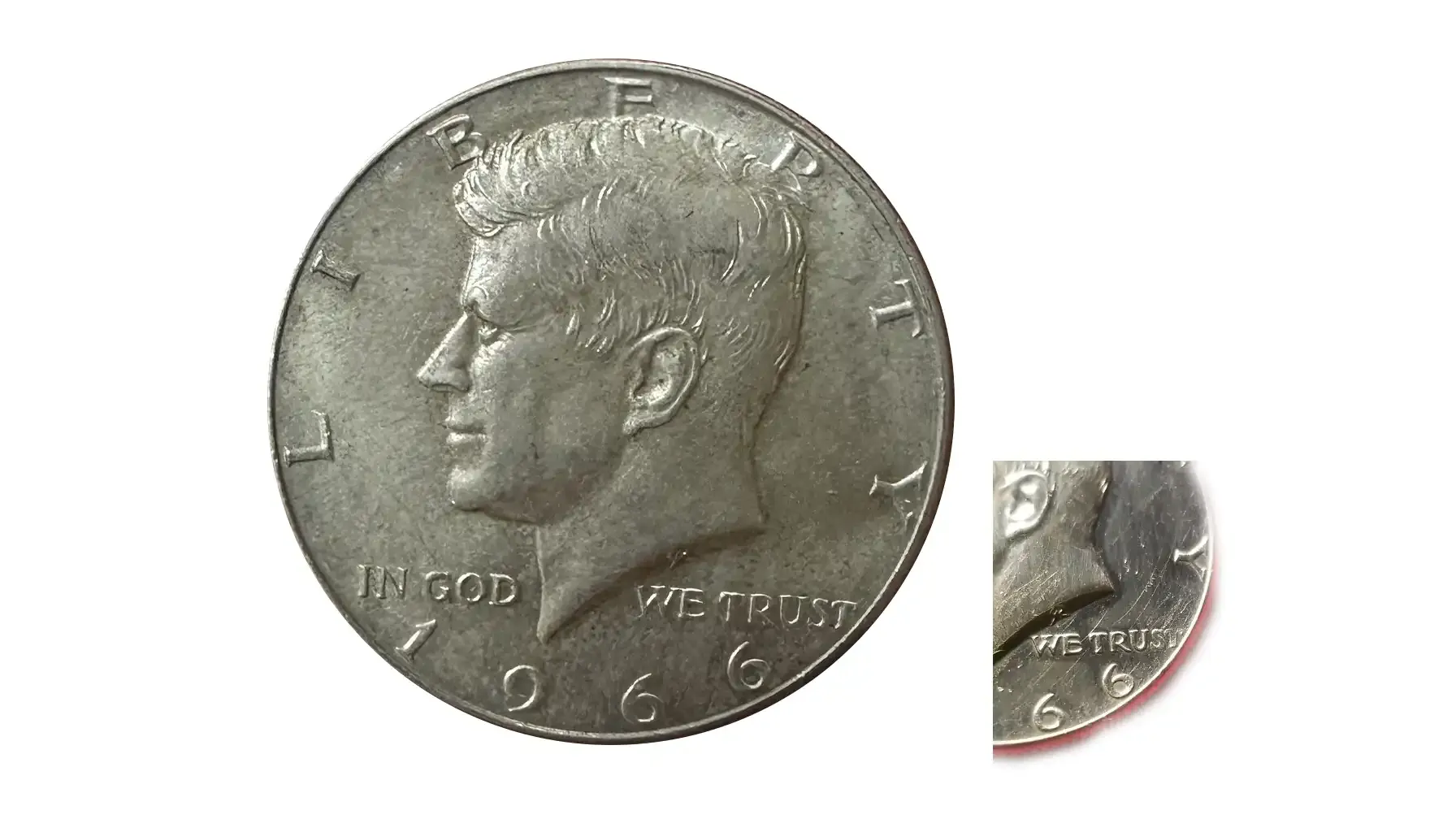
Always authenticate 1966 Kennedy half dollar errors with a professional grading service to avoid mistaking post-mint damage for genuine mint mistakes.
Note for collectors: Sometimes even the tiniest coins hold exceptional values. Check out 50 most valuable wheat pennies in this article.
The 1966 half dollar no mint mark is a compelling piece of numismatic history that blends collectibility with intrinsic silver value. Although it lacks mint marks, its story is rich with economic change, patriotic symbolism, and hidden 1966 half dollar value no mint mark.
Regular strike coins offer potential if found in high grades (MS66+).
SMS coins, especially those with DCAM finishes, are true showstoppers with four-figure potential.
Mint errors, though rare, can transform a common coin into a collector's highlight.
Even if your coin isn't one of the elite, its 40% silver content ensures it's always worth more than 50 cents. For the best results, use the trusted best free coin identifier app to assess condition, authenticate features, and make confident decisions when buying or selling.
Start digging through your collection—if you know how to value 1966 Kennedy half dollar, you might be holding a little piece of history worth much more than you think.

